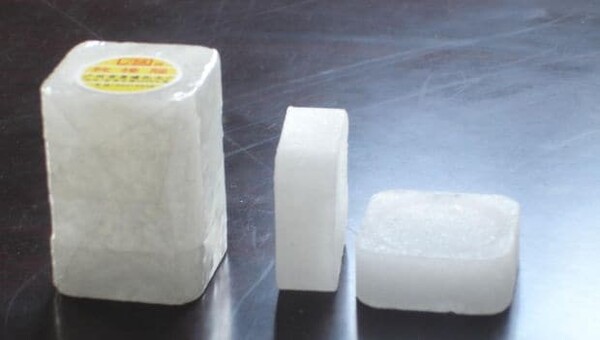Camphor: Uses, Benefits, Precautions, Side Effects & More!

Camphor, a white crystalline substance primarily produced in India, has diverse uses and benefits in religious rituals, prayers, and medicine. Let’s explore its potential applications, advantages, and possible side effects, as shared by Ayurvedic expert Dr. R.P. Parashar.
What is Camphor?
Camphor, also known as Kapoor, is a white crystalline substance primarily manufactured in India using chemical methods.
Types of Camphor
There are three main types of Camphor, each with distinct properties:
- Japanese Camphor: Derived from the Cinnamomum camphora tree, it is highly flammable and possesses a strong fragrance.
- Bhimseni Camphor: Obtained from the Dryobalanops aromatica tree, it is commonly known as Borneo camphor.
- Patra Camphor: Derived from the Cinnamomum tamala tree, it is used in culinary applications and exudes a pleasant aroma.
Read More : How to Boost Your Brain Health with Nutrient-Rich Foods
Benefits of Camphor
Antioxidant Properties
Research conducted by National Taiwan University and published on the NCBI website reveals that Camphor derived from the Cinnamomum osmophloeum tree exhibits antioxidant properties. These antioxidants help combat free radicals responsible for oxidative stress, associated with conditions like Alzheimer’s disease, heart disease, and diabetes.
Antiseptic Properties
Camphor possesses antiseptic properties, safeguarding against bacteria and microorganisms, making it beneficial in preventing minor cuts and wounds from getting infected.
Relief from Gastric Issues
Camphor oil can alleviate gastric issues by reducing hyperacidity caused by excessive gas in the stomach. Its alkaline properties help neutralize excess acid.
Pain Relief
A combination of Camphor and coconut oil can provide relief from muscle pain and inflammation. Camphor’s analgesic properties aid in reducing pain, inflammation, and swelling while imparting a cooling effect on the skin.
Headache Relief
For headache relief, a paste composed of Camphor, dry ginger powder, cloves, Arjuna bark, and sandalwood powder can be applied to the forehead, quickly alleviating discomfort.
Eye Care
Camphor powder mixed with banyan tree milk, when applied as kajal (eyeliner), can address various eye-related issues effectively.
Healing of Wounds and Boils
Camphor’s antibacterial properties hinder bacterial growth and promote faster healing, making it useful for treating wounds and boils.
Dandruff and Hair Fall Prevention
Combining Camphor with coconut oil helps prevent dandruff and hair fall by harnessing its antifungal properties that combat dandruff-causing agents.
Hemorrhoid Relief
Camphor, in combination with coconut oil, can provide relief from hemorrhoids by alleviating pain and reducing swelling when applied to the affected area.
Other Uses
Camphor finds applications in nosebleed prevention, toothache relief, mouth ulcer treatment, reduction of swelling, healing of burns, and repelling mosquitoes.
Read More : How to Improve Your Skin Health with Antioxidants
Conclusion
Camphor, with its diverse applications and potential benefits, should be approached with complete information, considering possible allergies and adverse reactions. Seek advice from experts when necessary.




